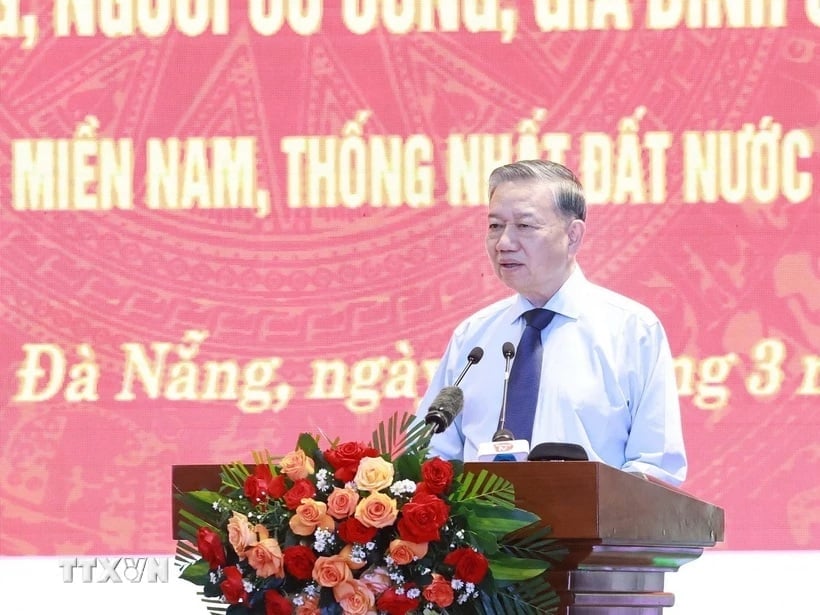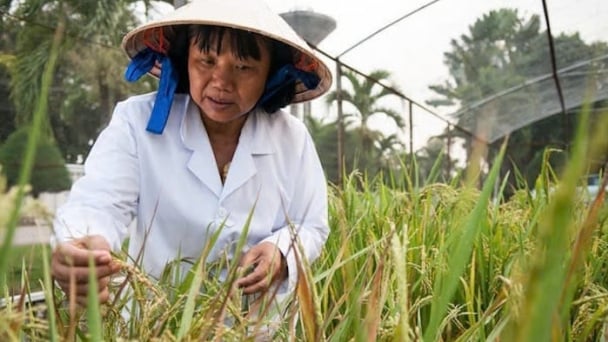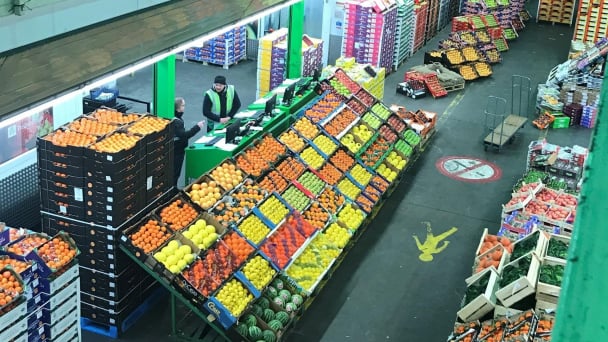May 16, 2025 | 13:11 GMT +7
May 16, 2025 | 13:11 GMT +7
Hotline: 0913.378.918
May 16, 2025 | 13:11 GMT +7
Hotline: 0913.378.918

General Secretary: Vietnam is expected to have 34 provinces and cities, and about 5,000 communes. Photo: VNA.
On the afternoon of March 28 in Da Nang, General Secretary To Lam chaired a meeting with veteran revolutionary cadres, meritorious individuals, and outstanding policy families from the Central Highlands region to commemorate the 50th anniversary of the Liberation of the South and National Reunification (April 30, 1975 – April 30, 2025).
At the meeting, delegates highly appreciated the Party and State's practical and humane policies in recent times. Regarding current issues, they expressed confidence in the ongoing efforts to streamline the Party and State apparatus.
At the same time, they voiced strong support for recent major decisions on digital transformation, investment in science and technology, and the "lifelong learning" movement. These include initiatives aimed at ushering the country into a new era of national development.
Speaking at the meeting, General Secretary To Lam emphasized the dedication and sacrifices of veteran revolutionary cadres, meritorious individuals, and policy families, who embody the nation’s collective cause.
General Secretary To Lam stated that the streamlining of the apparatus, based on the review of Resolution 18, must be carried out with determination and urgency, executed in parallel with ongoing operations, avoiding both perfectionism and recklessness, ensuring continuity, and establishing a new organizational model that surpasses the effectiveness of the previous one.
The steps and roadmap will be implemented methodically, ensuring strict adherence to the Party's principles, regulations, and directives under the leadership of the Central Committee.
The restructuring of the apparatus and political system of Vietnam is being carried out decisively, comprehensively, scientifically, and with a humane approach, implemented from the top down under the guiding principle: “The Central Government sets an example, and localities respond.”
General Secretary To Lam stated that the Central Committee and the National Assembly will determine specific details in the future within their jurisdiction. However, it is anticipated that the administrative apparatus will be restructured into three levels: the Central Government, provinces and cities, and communes and wards.
Under this plan, the number of provinces and cities will be reduced from the current 63 to 34. The district-level administrative structure will be eliminated, and there will be approximately 5,000 communes and wards.
This organizational model is designed to bring officials closer to the people and enhance public service. Additionally, it is essential to study and clearly define the responsibilities of each level – what tasks belong to the Central Government, what should be handled at the provincial and municipal levels, and what falls under the jurisdiction of communes and wards.
According to the Vietnam General Secretary, under the new three-tier governance model, the commune level will play a pivotal role, marking a significant departure from the current system. Presently, under the four-tier model, communes primarily handle administrative tasks without the authority to oversee economic, social, healthcare, and educational matters, which are instead managed at the district and provincial levels.
In the draft Resolution of the National Assembly Standing Committee on administrative unit arrangement sent to the Ministry of Justice for appraisal, the Ministry of Home Affairs proposed to stipulate the standards and number of administrative units of communes and wards after the arrangement.
After the arrangement, the new commune must have both natural areas and population size, reaching 300% or more of the commune standards prescribed in the Resolution of the National Assembly Standing Committee on standards of administrative units and classification of administrative units.
As for the population size standard of a commune in a mountainous area, highland area, or one with a national border on land where 30% or more of the population is ethnic minorities, the minimum is 7,500 people.
The new communes after the arrangement have a natural area of 35km2 or more; a population of 50,000 people or more; and communes in mountainous and highland areas have a population of 35,000 people or more.
In case the arrangement of administrative units is following the direction of competent authorities and ensures the provisions of this Resolution, the conditions will not be considered and other standards will not be assessed according to the provisions of the Law on Organization of Local Government and the Resolution of the National Assembly Standing Committee on standards of administrative units and classification of administrative units.
The total number of commune and ward administrative units after the rearrangement shall be reduced by at least 70% and at most 75% compared to the total number of commune-level administrative units before the rearrangement in the province or centrally-run city. In special cases where the provisions in Clauses 1, 2 and 3 of this Article cannot be met, the Government shall report to the National Assembly Standing Committee for consideration and decision.
Translated by Quynh Chi
![Multi-channel, multi-directional Vietnamese agricultural markets: [7] Deep processing makes global reach easy](https://t.ex-cdn.com/nongnghiepmoitruong.vn/608w/files/huytd/2025/05/16/2946-che-bien-sau-chia-khoa-vang-nang-tam-nong-san-viet-tren-ban-do-the-gioi-080603_110-093858.jpg)
(VAN) The application of deep processing technology is helping Vietnamese agricultural products enhance their value, create competitive advantages, and open doors to conquer global consumers.
![Multi-channel, multi-directional Vietnamese agricultural markets: [6] Agri products go online](https://t.ex-cdn.com/nongnghiepmoitruong.vn/608w/files/content/2024/12/10/1-113313_954.jpg)
(VAN) Bringing agri products onto e-commerce platforms is an effective way to build a brand that many businesses, cooperatives, and agricultural production households are doing.

(VAN) Veterinary training should focus on quality, not just quantity. Veterinarians also need more options to pursue specialized training.

(VAN) The veterinary industry needs to be viewed objectively and further invested in to properly demonstrate its role and importance in the new context.

(VAN) The number of veterinarians graduating each year is not enough to meet actual needs, hence a difficult problem for the growing livestock industry.

(VAN) The strategic partnership between Cambodia, the Philippines, Vietnam, and CGIAR ensures that innovative solutions effectively address national priorities for food system development.

(VAN) This was affirmed by the UK Minister of State at the Department for Environment, Food and Rural Affairs during a working session with Deputy Minister Tran Thanh Nam on May 13.